Pet safety equipment seems straightforward: until you realize how many myths and misconceptions circulate among even the most devoted pet parents. From harnesses that supposedly "restrict movement" to carriers that are "just for vet visits," these misconceptions can actually put our furry friends at risk.
Let's clear the air and separate fact from fiction when it comes to the safety gear your dog or cat actually needs.
The Great Harness Debate: What's Actually True?
Myth #1: "Harnesses encourage pulling"
This old-school thinking couldn't be more wrong. Quality harnesses, especially front-clip designs, actually reduce pulling by redirecting your dog's forward momentum. The key is choosing the right style and fitting it properly.
The truth: Back-clip harnesses might encourage pulling, but front-clip and dual-clip options give you better control while protecting your pet's delicate neck and trachea.
Myth #2: "Small dogs don't need harnesses"
Small breed owners often stick with collars, thinking harnesses are overkill. But here's the reality: small dogs are actually more vulnerable to tracheal damage from collar pressure. Their delicate windpipes can't handle the same forces as larger breeds.
The truth: Small dogs benefit most from harnesses, especially breeds prone to collapsing trachea like Yorkies, Pomeranians, and Chihuahuas.
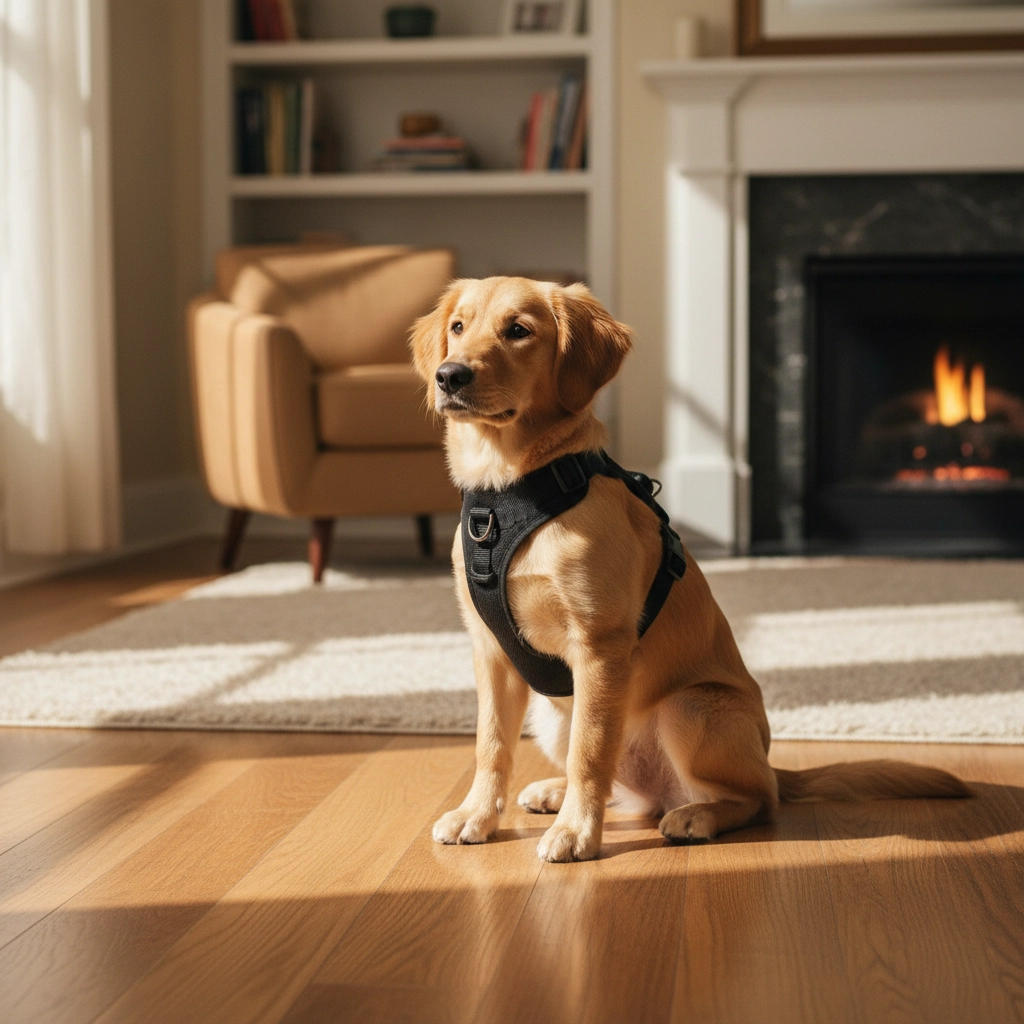
Myth #3: "Cats can't wear harnesses"
Many cat parents assume harnesses are dog-only accessories. Wrong! Cats can absolutely wear harnesses: they just need different designs and a proper introduction period.
The truth: Cat harnesses should be escape-proof with a snug (but not tight) fit around the chest and belly. Start with short indoor sessions before venturing outside.
Carrier Confusion: Beyond the Vet Visit
Myth #4: "Carriers are only for transportation"
This misconception leads to carriers gathering dust between vet appointments, which actually makes your pet associate the carrier with stress and medical procedures.
The truth: Carriers should be safe spaces your pet enjoys. Leave them accessible at home, add comfortable bedding, and occasionally feed treats inside.
Our luxury designer pet carriers aren't just functional: they're designed to be a cozy retreat your pet actually wants to use.
Myth #5: "Any carrier works for any pet"
Size, ventilation, and security features vary dramatically between carriers. Using the wrong type can cause anxiety, injury, or escape.
The truth: Hard-sided carriers offer maximum protection for air travel, while soft-sided options provide comfort for car trips. Your pet should be able to stand, turn around, and lie down comfortably inside.
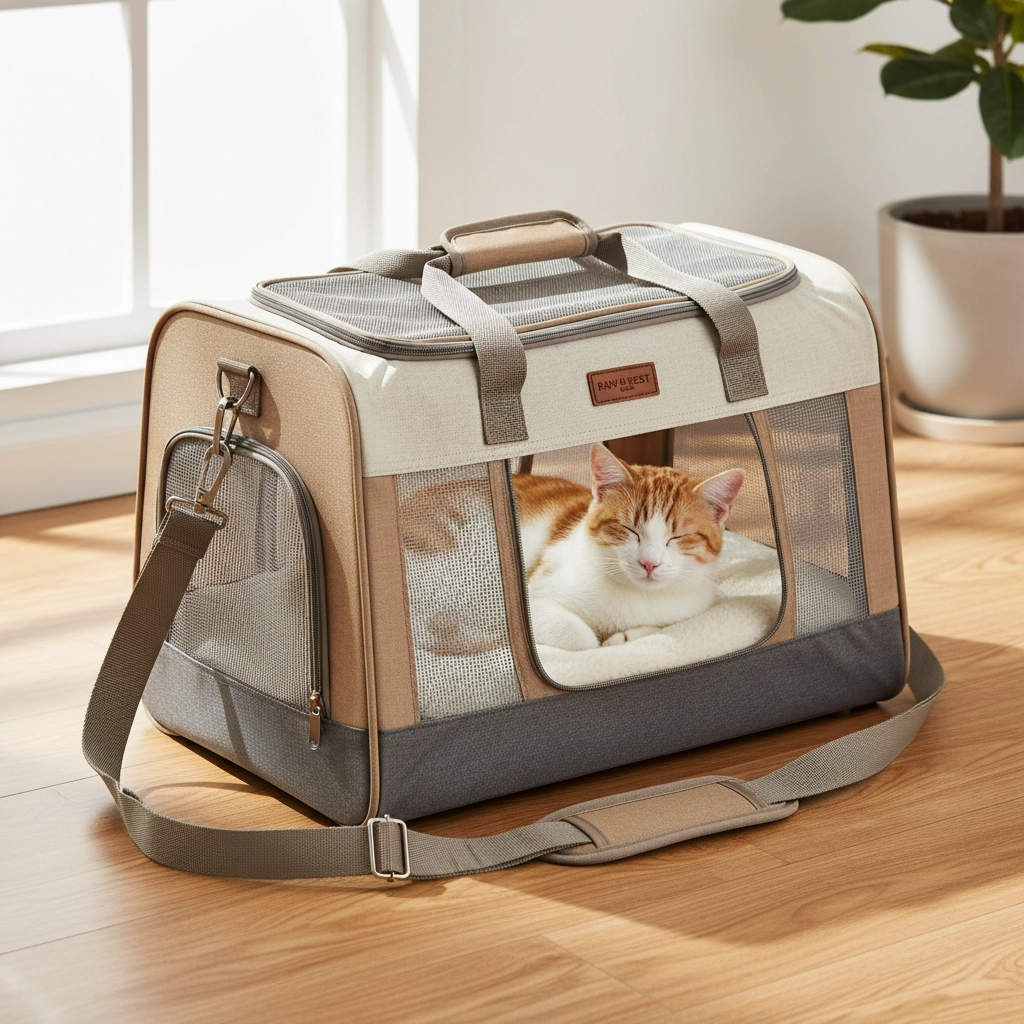
Myth #6: "Cats naturally hate carriers"
This becomes a self-fulfilling prophecy when carriers only appear during stressful situations. Cats don't inherently dislike carriers: they dislike sudden confinement and unfamiliar spaces.
The truth: Gradual carrier training with positive associations eliminates most carrier anxiety. Start by feeding meals near the open carrier, then gradually move food inside.
Collar Misconceptions That Could Cost Lives
Myth #7: "Tighter collars are safer"
Some owners think a snug collar prevents escape, but overly tight collars can cause serious health issues including restricted breathing, skin irritation, and behavioral problems.
The truth: You should be able to fit two fingers comfortably under your pet's collar. Check the fit regularly: puppies and kittens grow fast!
Myth #8: "Breakaway collars are unnecessary for indoor cats"
Indoor cats face collar hazards too. Getting caught on furniture, appliances, or even another pet can create dangerous situations.
The truth: Breakaway collars are essential safety features for any cat wearing identification. They release under pressure to prevent strangulation.
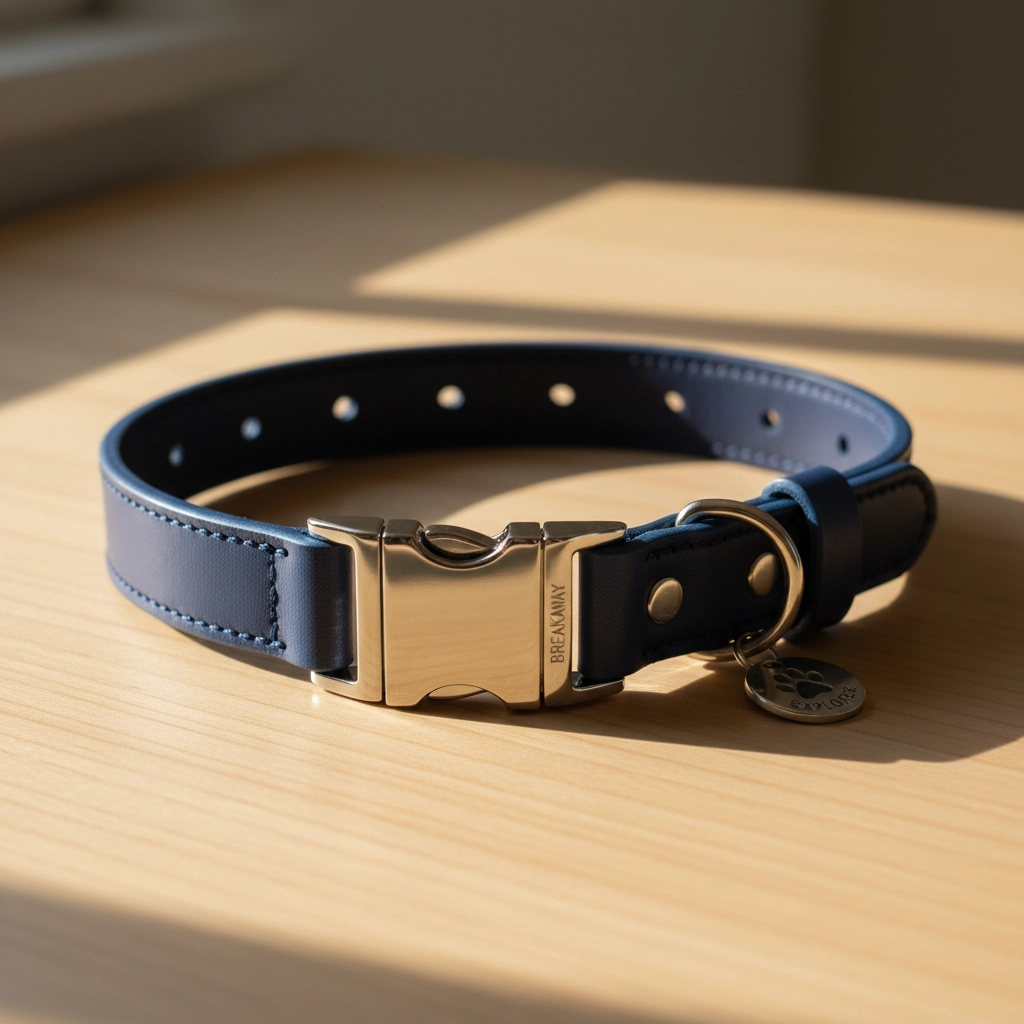
Myth #9: "Choke chains teach dogs not to pull"
This outdated training method can cause serious injuries including tracheal damage, neck injuries, and increased aggression due to pain and fear.
The truth: Positive reinforcement training with proper equipment works better and builds trust. Modern trainers recommend front-clip harnesses or head collars for persistent pullers.
The Car Safety Reality Check
Myth #10: "Pets are safe loose in the car"
Unrestrained pets become projectiles during accidents, putting everyone at risk. Even small pets can cause serious injuries during sudden stops.
The truth: Proper car restraint systems save lives. Our pet car carrier seats combine comfort with crash-tested safety features.
Here's what actually works for car safety:
• Harness systems attached to seat belts
• Secured carriers in appropriate locations
• Barrier systems for cargo areas
• Never allow pets in front seats with airbags
Practical Safety Tips That Actually Matter
Proper Fitting Guidelines:
- Harnesses: Snug but not restrictive: check that you can slide a finger under all straps
- Collars: Two-finger rule for proper looseness
- Carriers: Pet can stand and turn around comfortably
Regular Safety Checks:
- Inspect equipment monthly for wear and tear
- Adjust sizing as pets grow or gain/lose weight
- Replace damaged items immediately: frayed straps or broken buckles are accidents waiting to happen
Training Makes the Difference:
- Introduce new equipment gradually with positive associations
- Practice using carriers and harnesses at home before outings
- Reward calm behavior with treats and praise
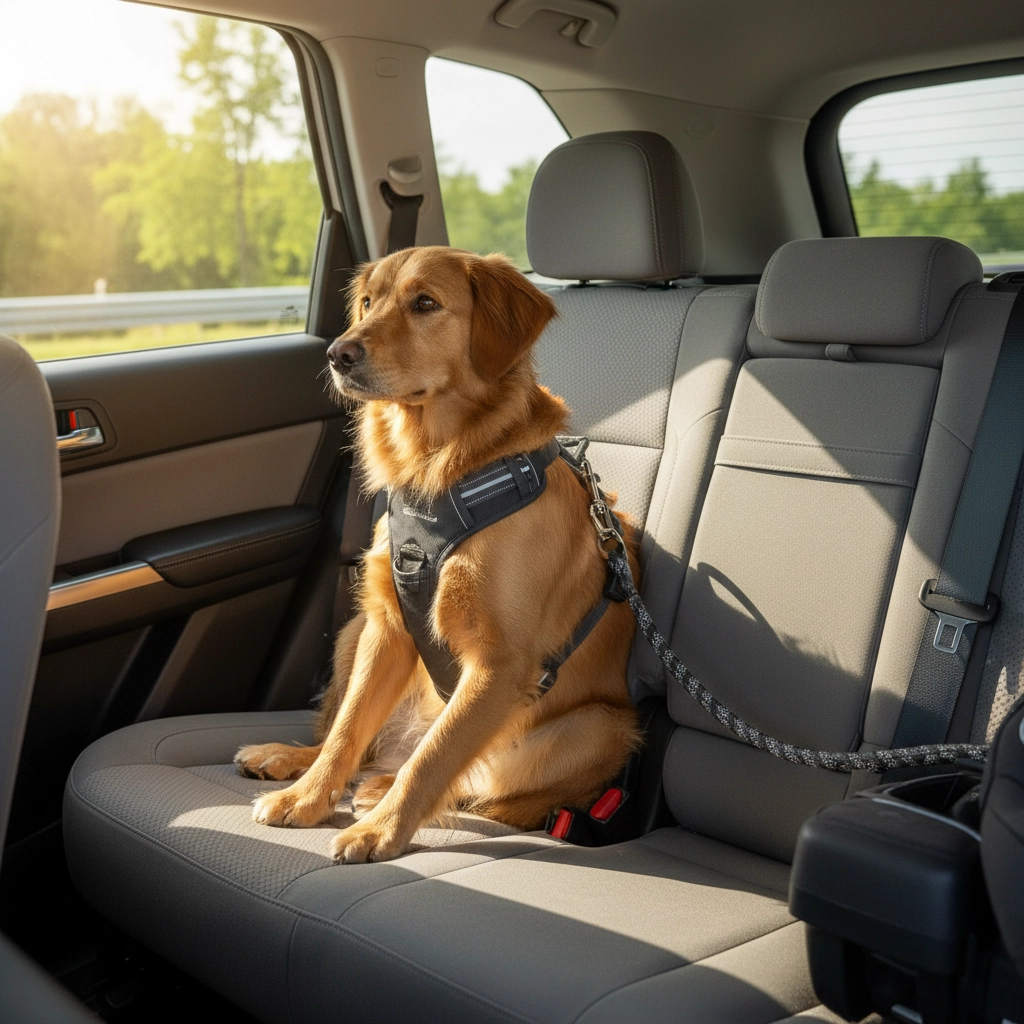
Emergency Preparedness:
- Keep backup collars with updated ID tags
- Ensure carriers are easily accessible for quick evacuations
- Consider GPS trackers for adventurous pets
What Pet Mosaic Recommends
At Pet Mosaic, we curate premium safety gear that actually works. Our collection focuses on products that combine functionality with comfort: because the best safety equipment is the kind your pet will actually wear.
For dogs, we recommend starting with a quality harness system and adding car safety restraints. Cat parents should invest in both a secure carrier and a breakaway collar with current identification.
Quality indicators to look for: • Reinforced stitching and quality hardware • Adjustable sizing for perfect fit • Breathable, comfortable materials • Easy-to-clean surfaces for hygiene
Your Next Steps
Don't let safety myths put your pet at risk. Evaluate your current equipment honestly:
- Does your pet's collar fit properly?
- When did you last check your carrier for damage?
- Is your car restraint system actually crash-tested?
Small changes make huge differences in pet safety. Start with one piece of equipment and gradually upgrade your entire setup. Your furry family member depends on you to separate fact from fiction when it comes to their well-being.
Remember: the best safety gear is equipment your pet feels comfortable wearing. Take time for proper introductions, focus on positive associations, and never hesitate to consult with professionals about the best options for your specific pet's needs.
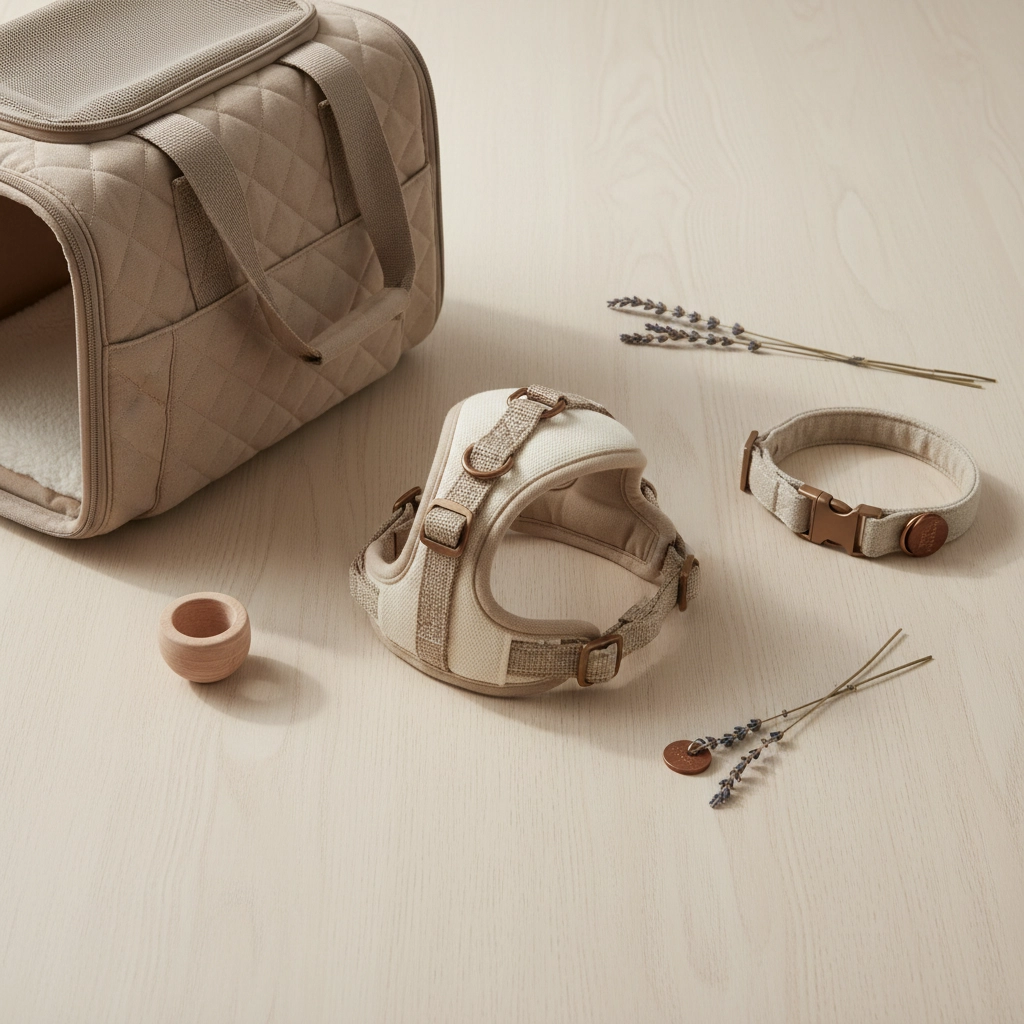
Quality safety equipment isn't just about following rules: it's about giving yourself peace of mind and your pet the protection they deserve. At Pet Mosaic, we're here to help you make informed choices that keep your companions safe and comfortable, whether they're exploring the neighborhood or just heading to their next vet checkup.


